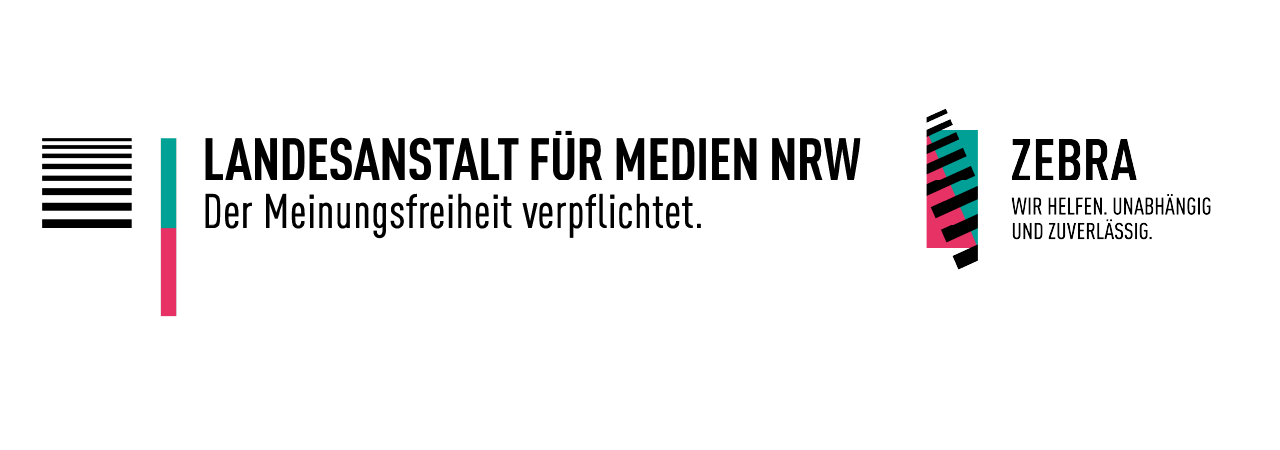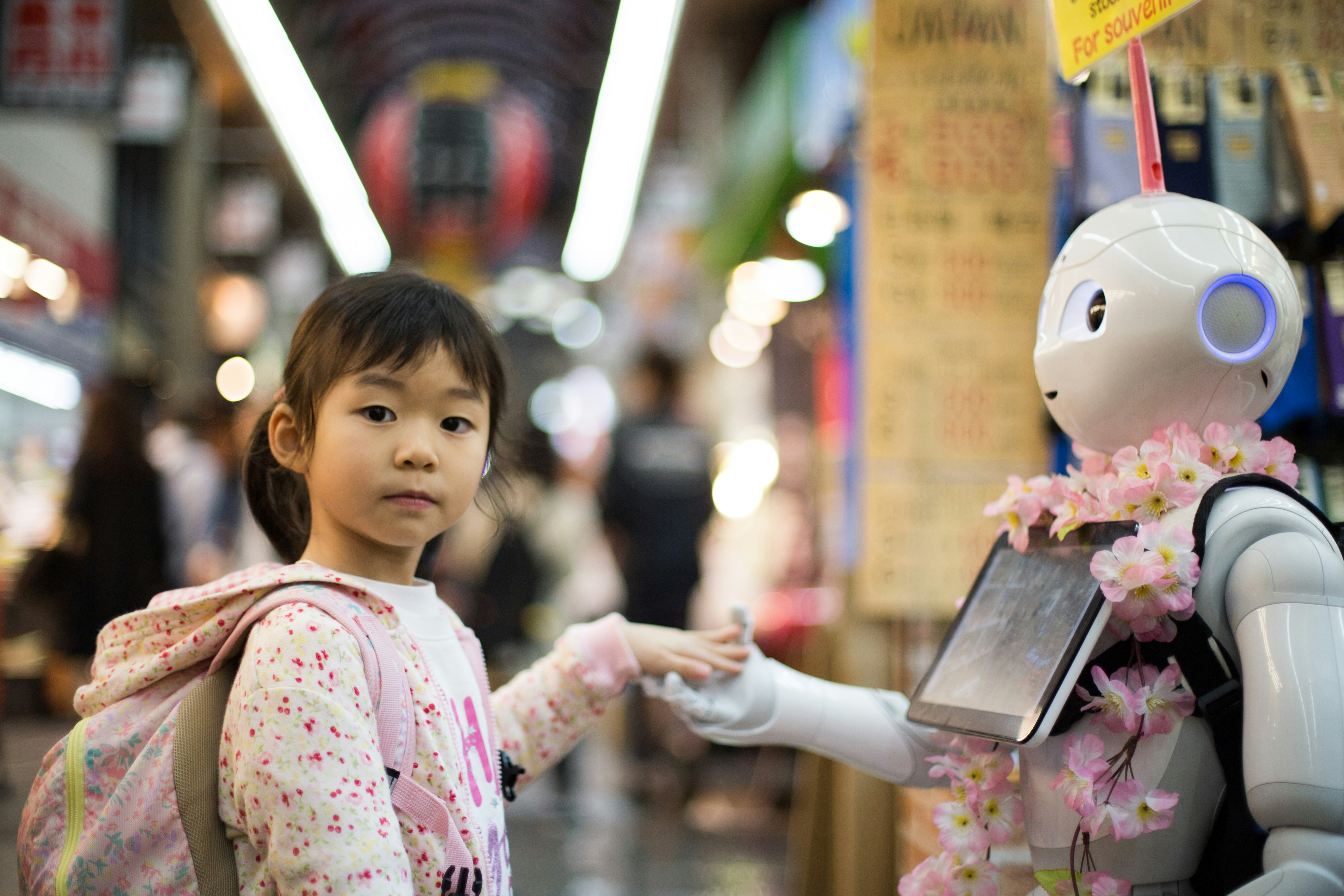
This article was created in cooperation with the ZEBRA service of the NRW Media Authority.
Artificial intelligence (AI) refers to computers or systems that imitate human thinking or human intelligence. In its various applications, AI has become an integral part of everyday life. But how do you prepare your child for a life with this technology? The ZEBRA team (www.fragzebra.de) from the NRW Media Authority answers these and other questions.

Artificial intelligence (AI for short) refers to all applications and devices that imitate human thinking or human intelligence. From smartphone face recognition to chatbots and medical diagnoses, AI can be used in countless areas of application. While some AI models are only used for entertainment or to support human work, others can use neural networks, for example, to perform tasks that are difficult even for humans to achieve.
Children can come into contact with AI in various areas. Social media is a prime example of this. In moderation, i.e. the monitoring of posts on the platforms, many operators now work with artificial intelligence. These filter out content that violates the relevant rules.
The posts themselves, for example images or videos, can also be created using AI. Many editing programs now use artificial intelligence. Some content in text or image form is even created entirely by AI.
Chatbots are also widely used. Originally, these were only available on specially created websites such as ChatGPT from OpenAI. However, apps such as the messenger Snapchat with My AI now also offer all users a virtual friend that is available around the clock and simulates a conversation.
Mobile phone assistants such as Siri from Apple or Gemini from Google also work with AI. They can help with simple smartphone functions or also serve as a conversation partner. These assistants are pre-installed and can therefore usually not be completely bypassed from the outset, but at most deactivated and ignored.
KI has many useful functions. For example, it can summarize long texts well or help you find ideas for writing your own texts. However, it should not be used by or come into contact with children without further ado.
Pictures on social media edited with AI often do not reflect reality. Especially when it comes to body shapes, an ideal, i.e. a perfect body, tends to be depicted that either doesn't exist or at least doesn't exist in the form shown. Children in particular often find it difficult to distinguish whether it is a real image or not and compare themselves with it. This can lead to dissatisfaction with their own appearance and encourage unhealthy ways of thinking and behaving.
Another risk associated with AI is disinformation. This is the targeted dissemination of false information with the intention of deceiving individuals or society as a whole. Disinformation can take the form of text, but modern technology can also be used to manipulate images and videos so that they look deceptively real, even though they are not. Children in particular, but also young people and adults, can therefore find it difficult to recognize this and believe or share the fake content.
Also, too much contact with chatbots can be unhealthy, especially if they are supposed to imitate a friend. The constant availability and nature of chatbots can be addictive and even lead to real social contacts being neglected and the child withdrawing socially. This can lead to a so-called parasocial relationship. This means that a person develops a one-sided emotional bond with, for example, a fake character who does not actually reciprocate these feelings.
It is also important that children and young people handle their data carefully. So make it clear to your child that they should not share their personal data and the like with AI chatbots.
The task of parents and guardians is to teach their children how to use digital media and technologies such as AI well and to make them fit for life in a digital world.
A lot of helpful information for children aged 6-12 and their parents can be found at the Internet ABC.
You can also contact the question and answer service ZEBRA of the NRW State Media Authority with all your questions about digital media.

This article was created in cooperation with the ZEBRA service of the NRW Media Authority.